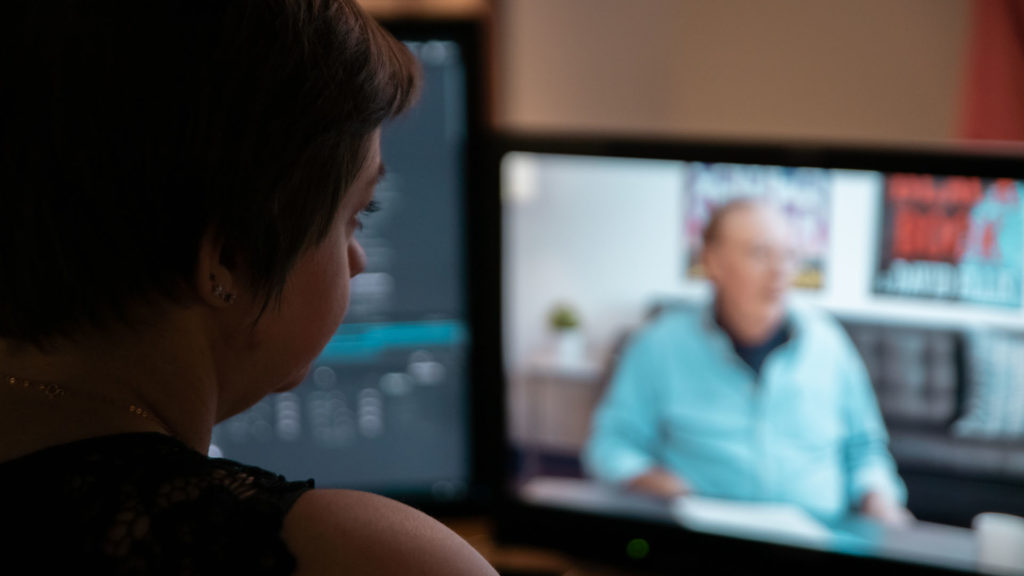The human eye is amazing. While modern cameras are pretty dang advanced, they still don’t process light the exact way our eyes can. This causes problems for your production in a few ways. Mixed lighting can produce an unflattering aesthetic once it’s played on the big screen. Set lights can blow out whites and distort images. Alternatively black shades can appear grey or washed out. Thankfully color correction is a tool we can use to fix these issues.
Yes, but first . . .
Let’s clear up a common misconception. Often people use the terms “color correction” and “color grading” interchangeably. These are not the same processes. Color grading usually involves manipulating color for an artistic effect, something like the amped up color treatment in the image above.
Color has always been an essential element of design and visual storytelling. From Marc Chagall’s use of yellow to Carrie Mae Weem’s use of black and white, you can use color to add artistic tone to a production. Even a subtle change in color grade can have a profound impact.
When we tweak tones in a scene to evoke a mood, we’re color grading. And color correction is different from color grading.
Let’s get back on track
Okay. Now that that’s done, color correction is generally a more subtle change.
Color correction refers to the process where footage is altered to match the color of shots. It creates cohesion in the film. It’s about equalizing your colors; making black appear black, and white appearing white. Once those are correct you can artistically tweak the rest of the color field as much as you’d like because you have a solid base to work from.
Ultimately good color correction should match the human eye. With the human eye a white object always looks white. But when you factor in cameras and lights, appearances can change. If you don’t set the proper white balance, white may appear yellowish-white or blueish-white. And you don’t want that in your production.
But, wait there’s more . . .
Color correction is also useful to fix lighting errors. If you’re shooting outside all day, the sunlight is going to shift. There’s a chance the cuts between shots in the video won’t match up. It’s awkward when your meet-cute looks like it happened laboriously between 2pm and 9pm. And not cute awkward, either.
Color correction is important. It will make your shots seamless. And it will result in a better video from where to start the color grading process.
ECG comes correct

The first step to great color is great footage. With ECG, you can rest easy knowing you have the highest quality video to begin with.
If you come with your own assets, too, that’s great! We can create stunning visual content that enhances your production.
ECG has a dedicated color suite with Davinci Resolve, the Flanders Scientific color accurate monitor, a completely decked out Tangent Element Color Grading Surface, and of course our charming in-house Colorist to drive all that gear. Hooboy!
Call us today to learn more about our color correction process. We’d love to hear from you!